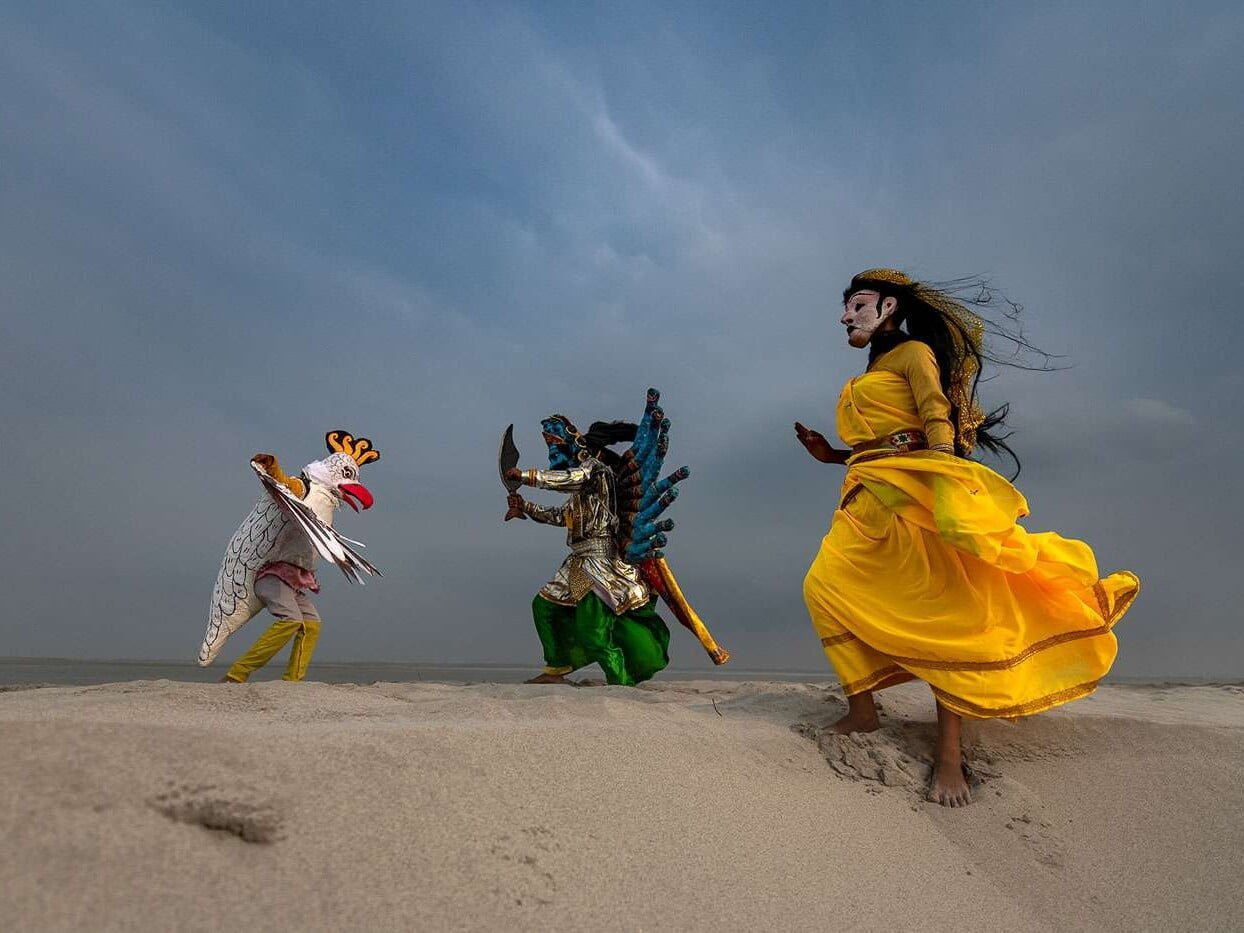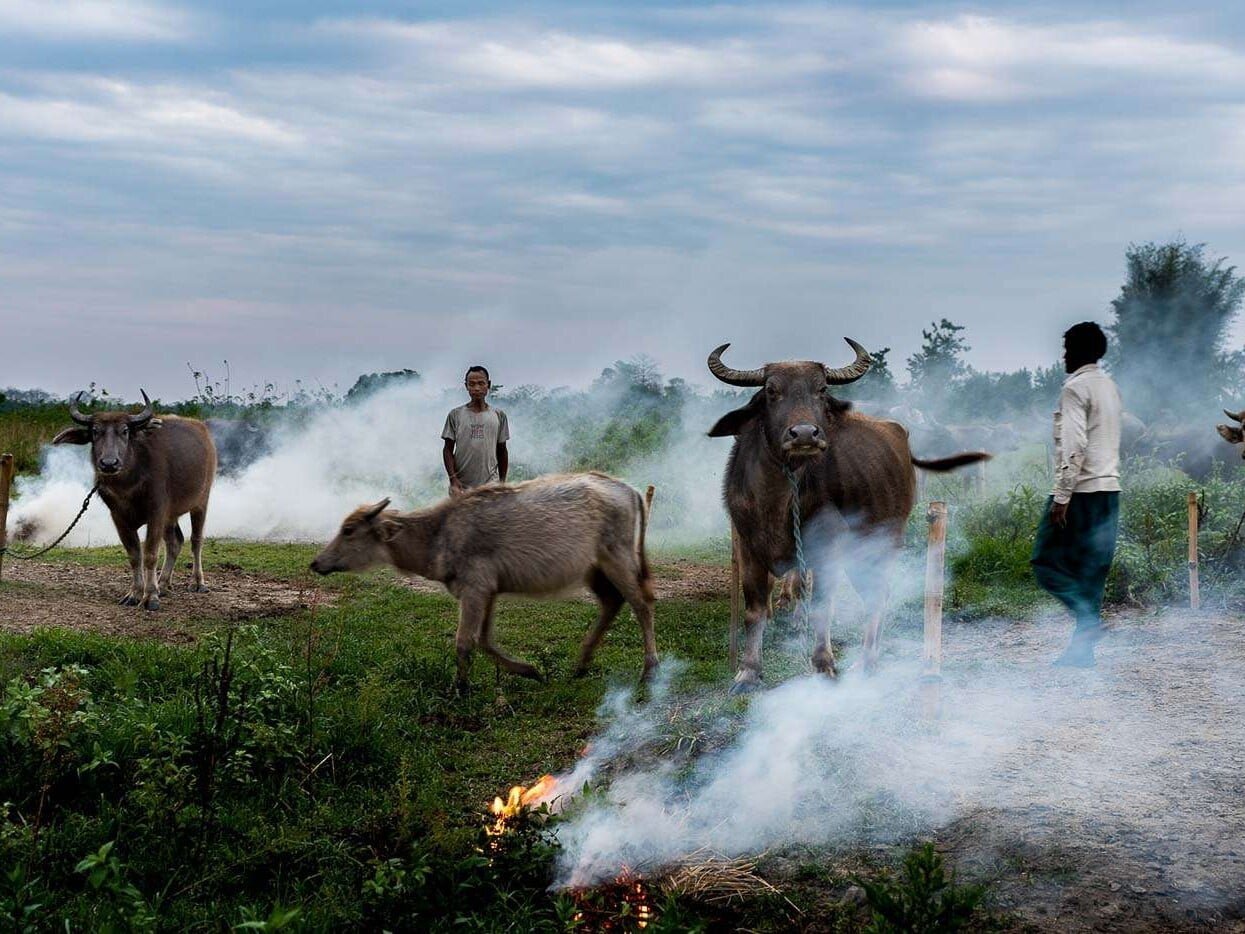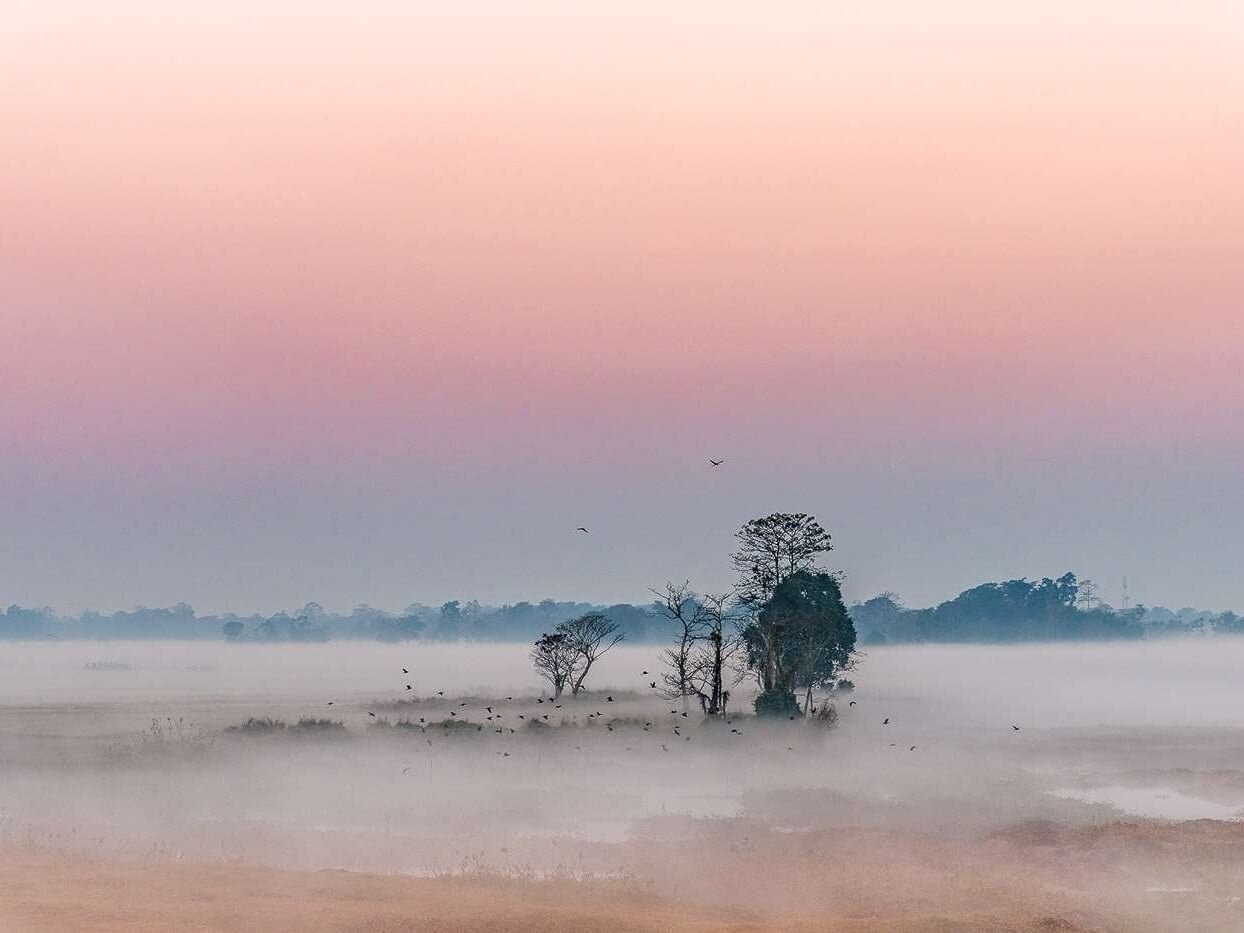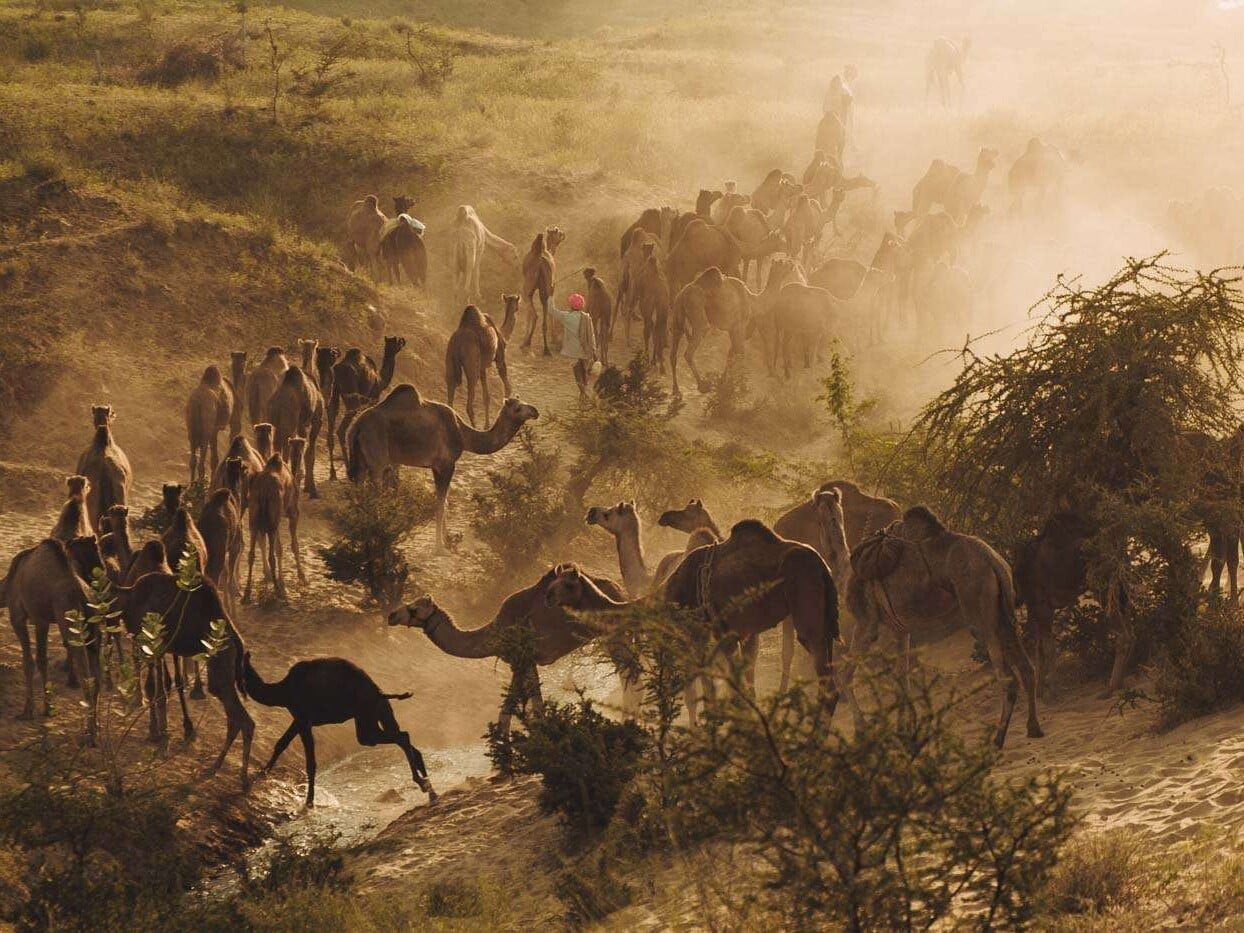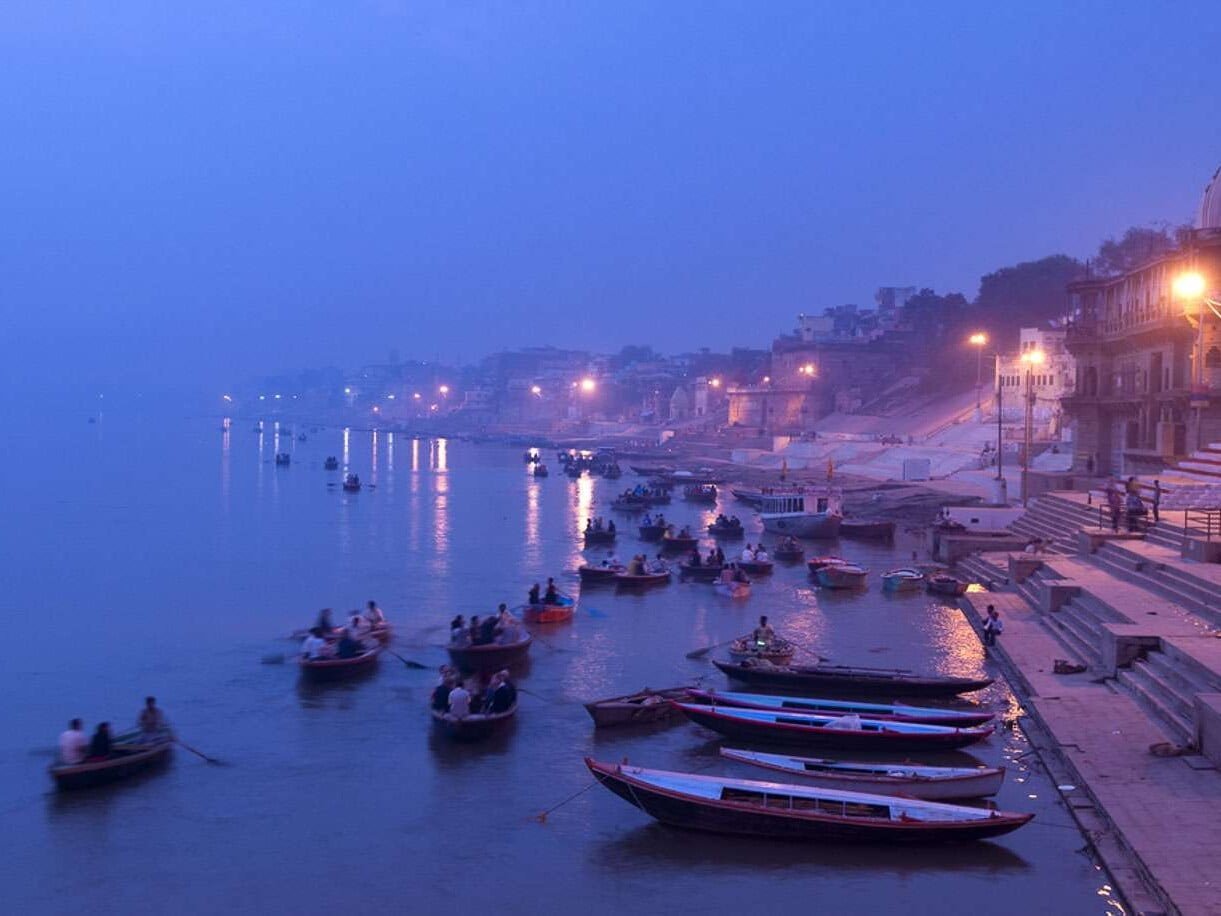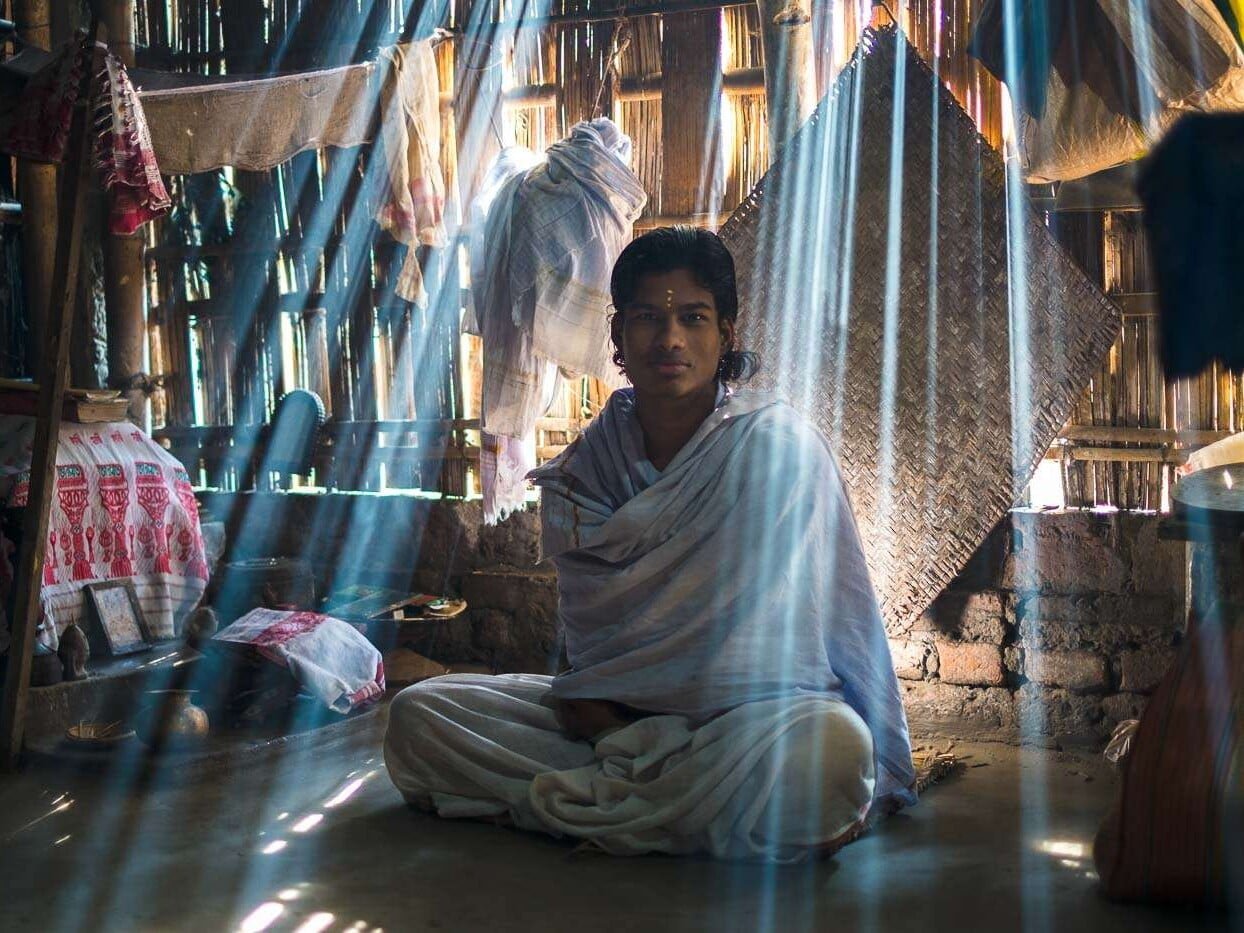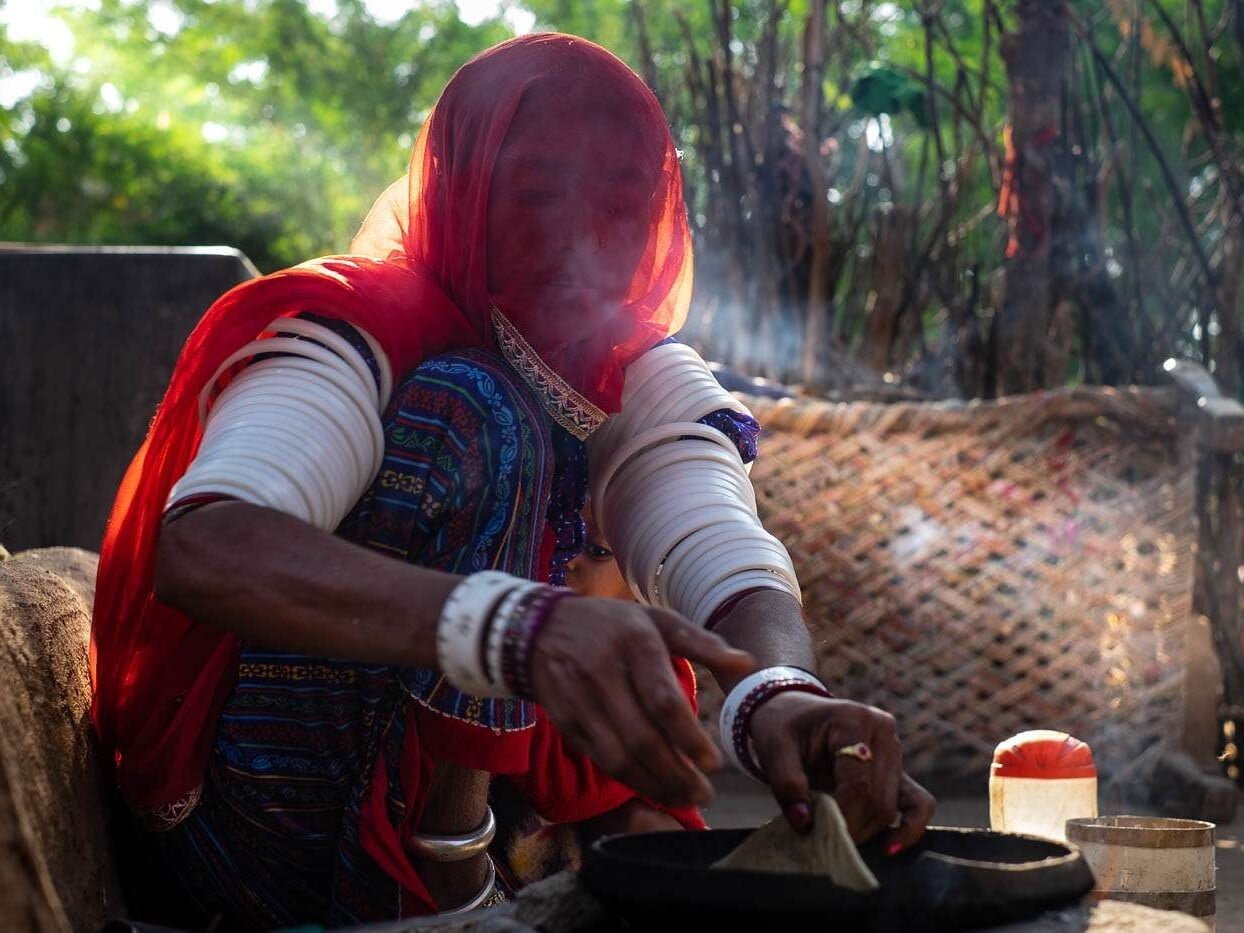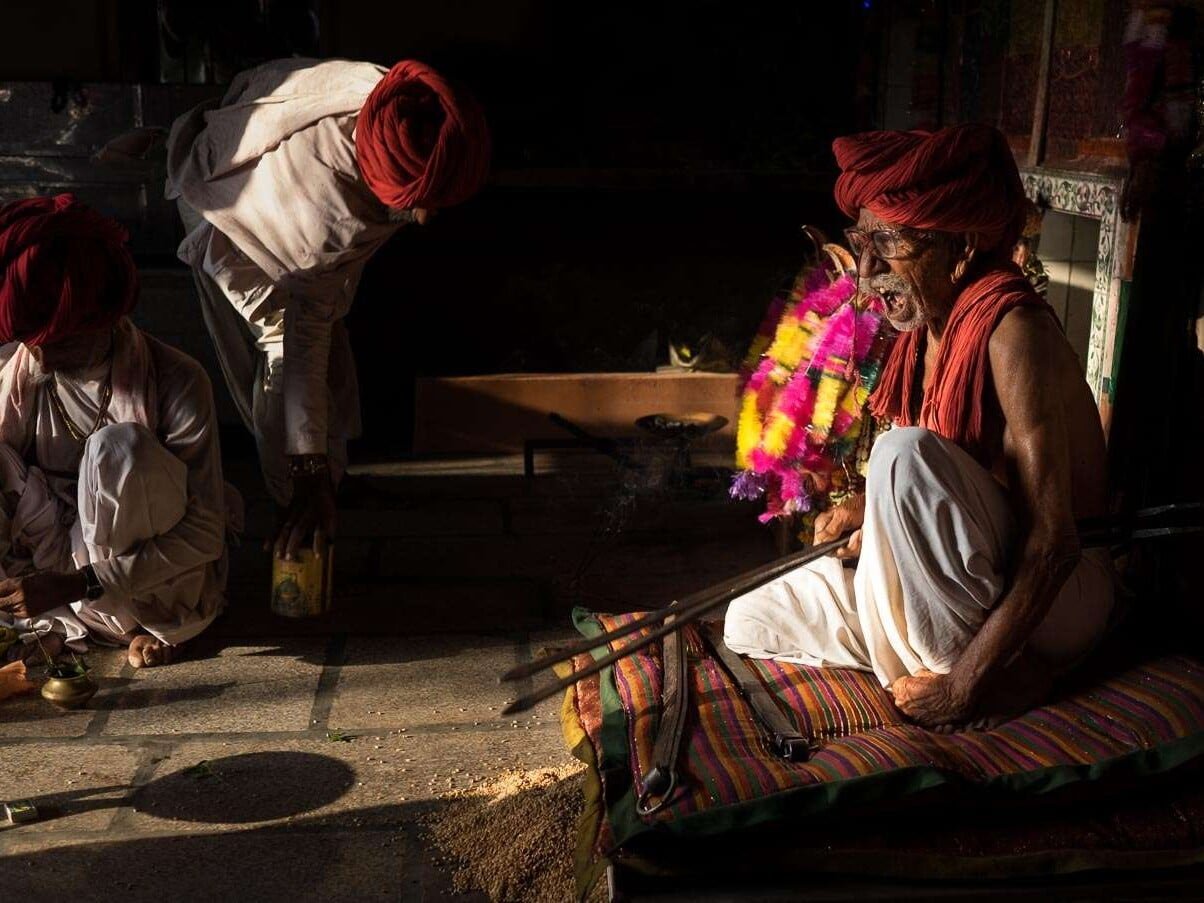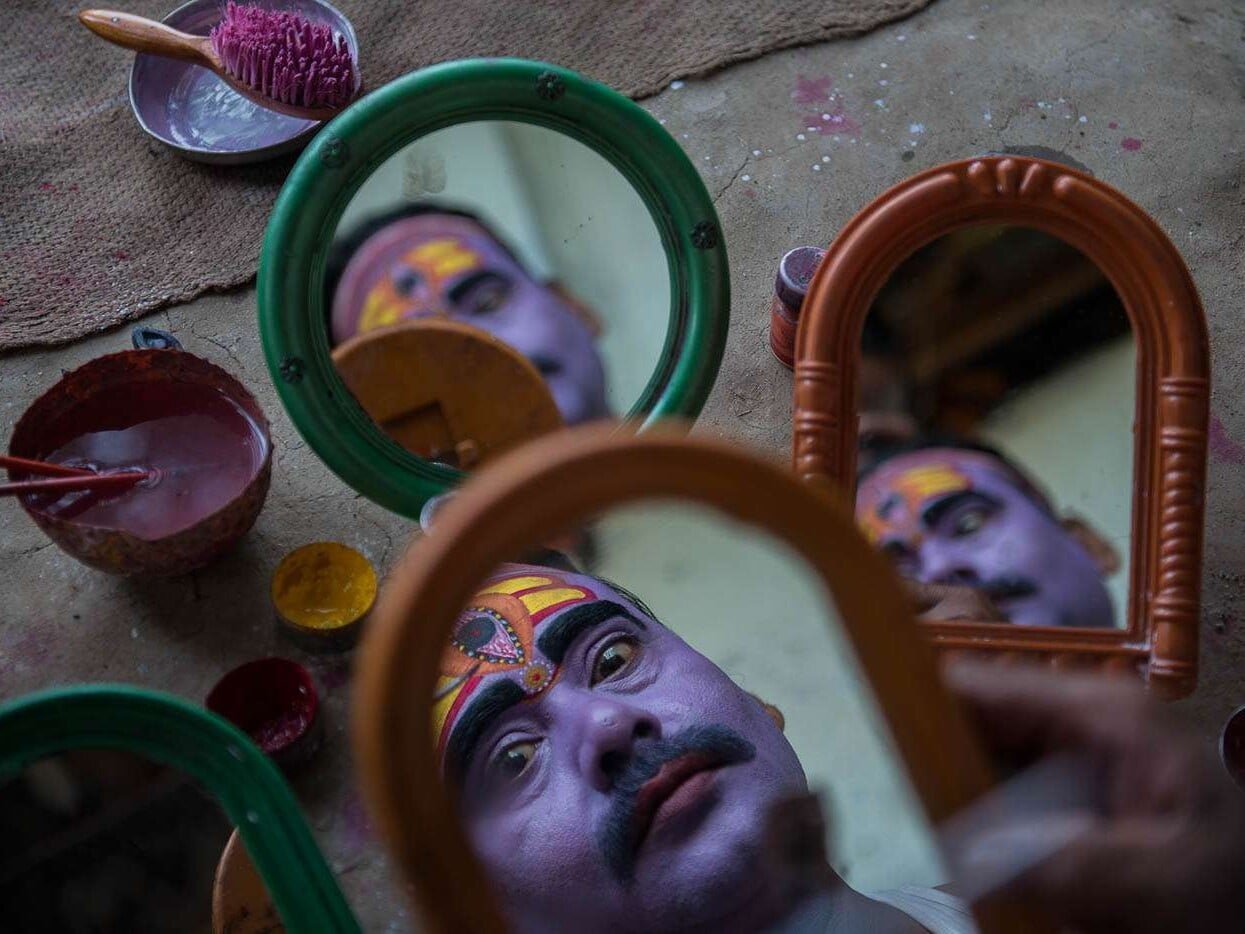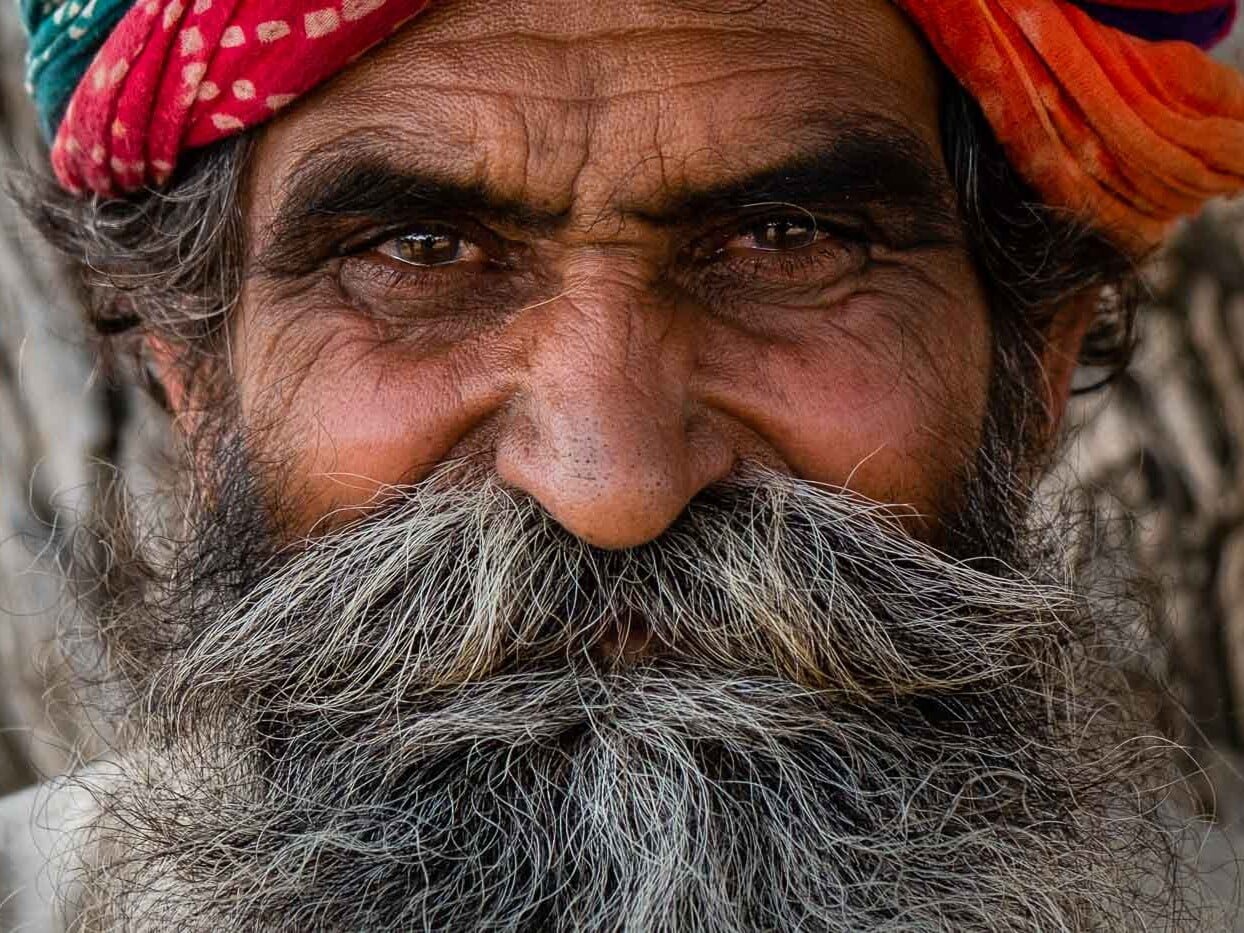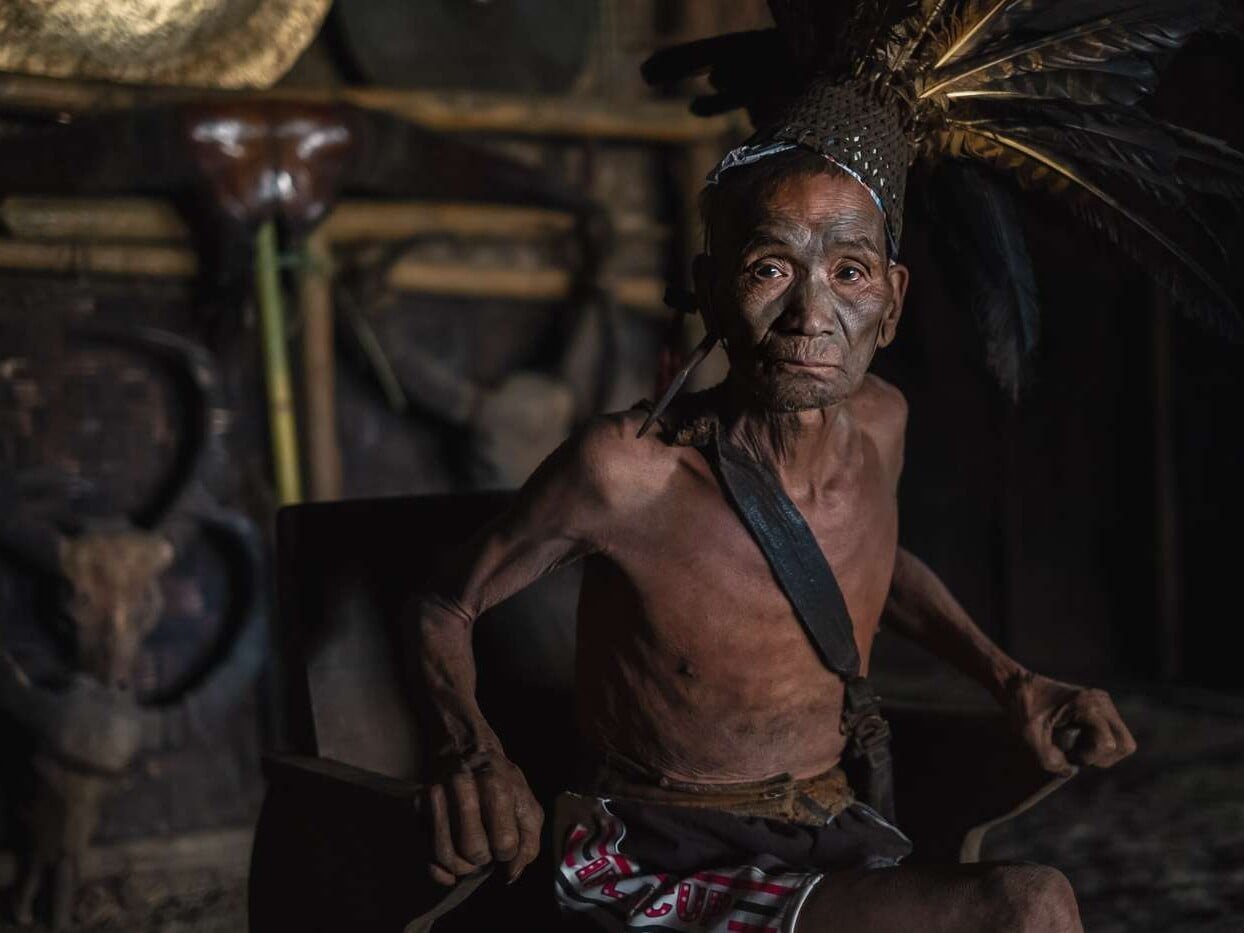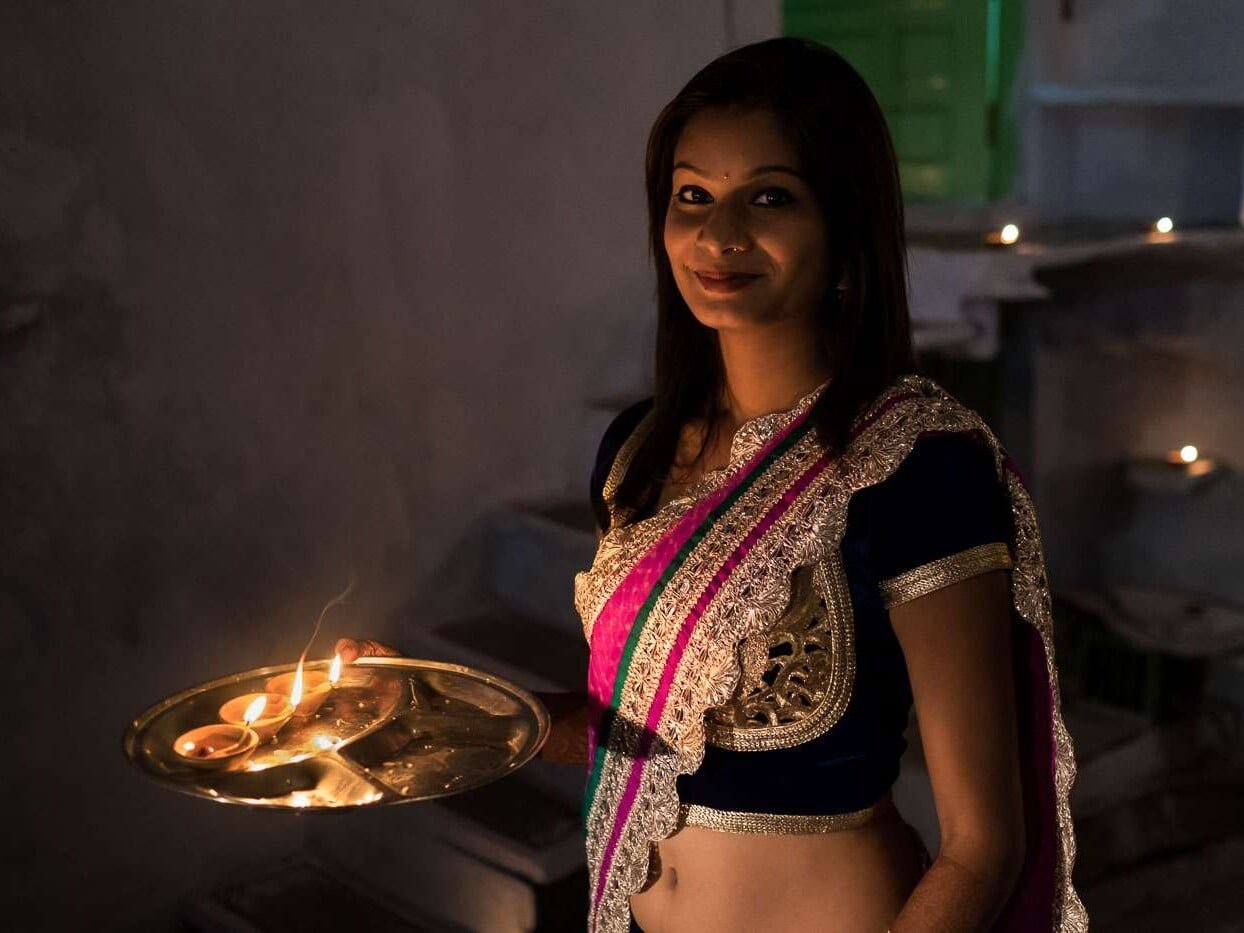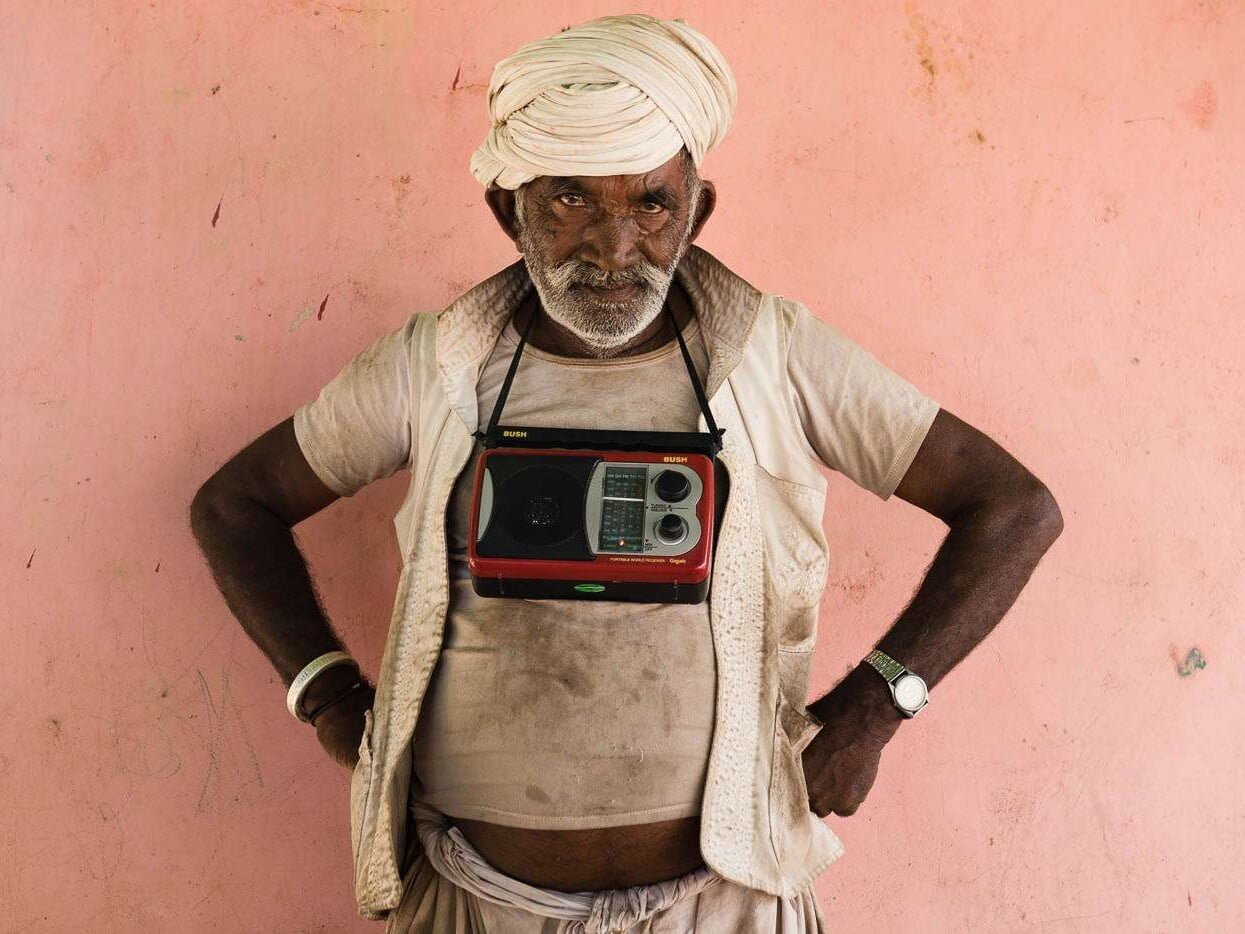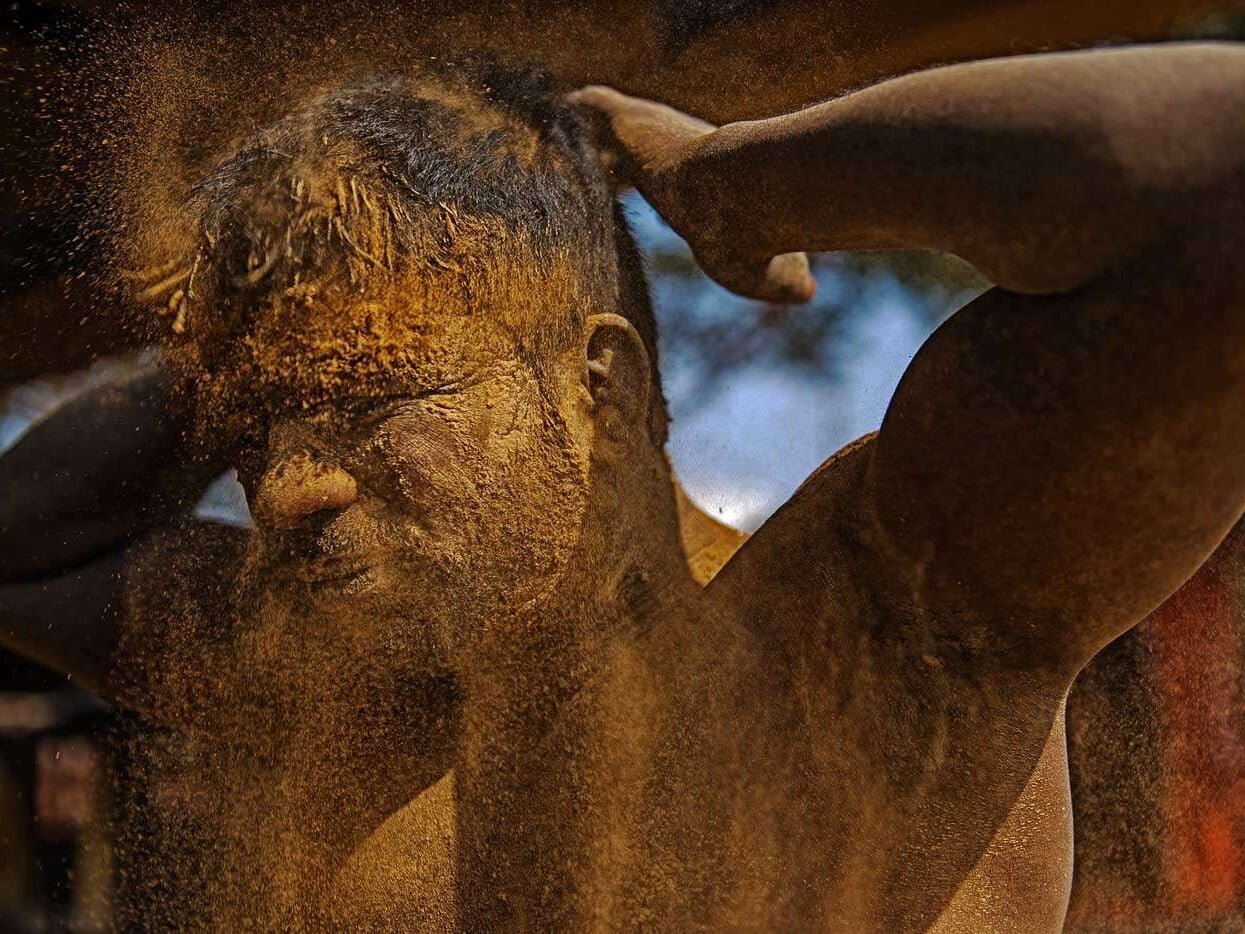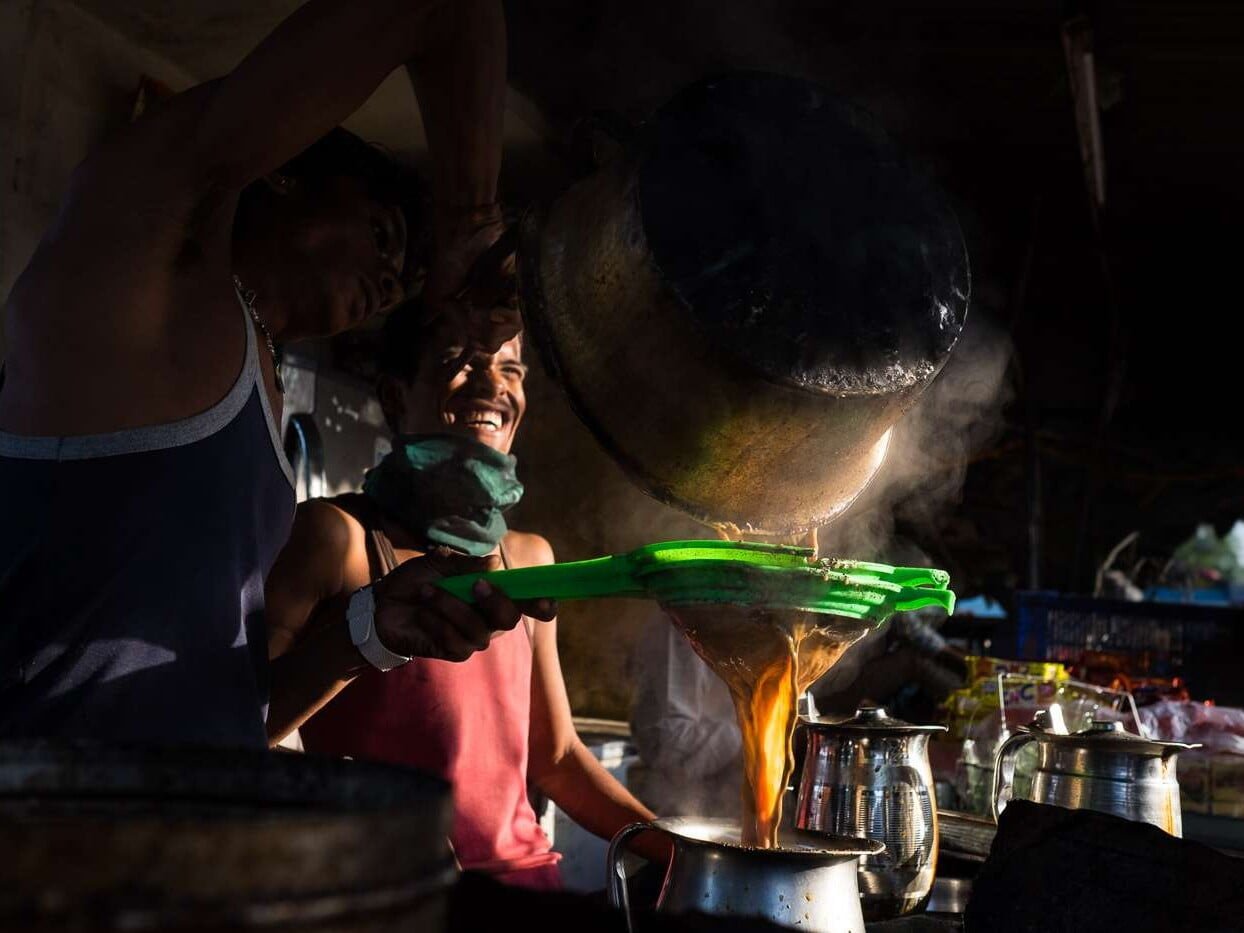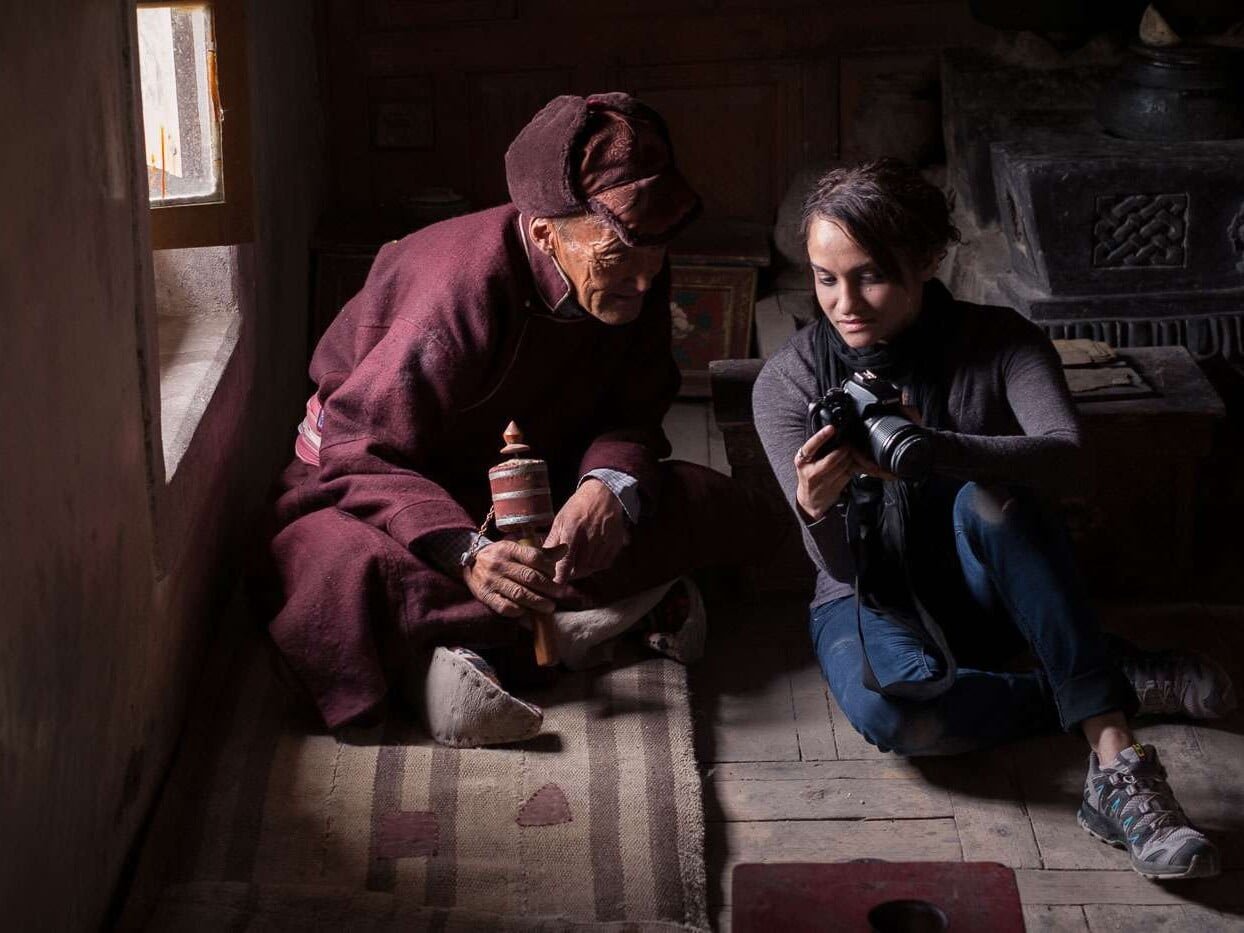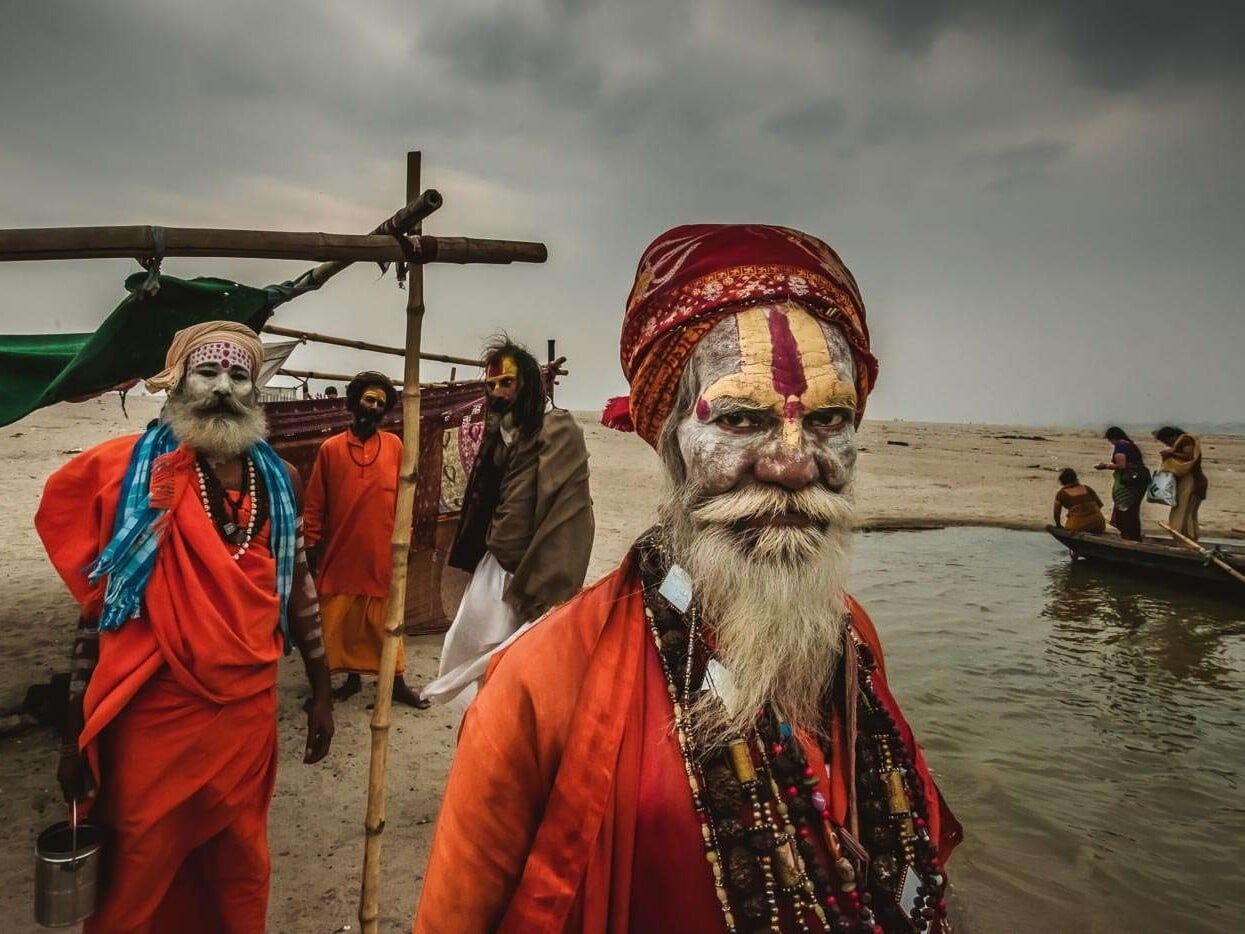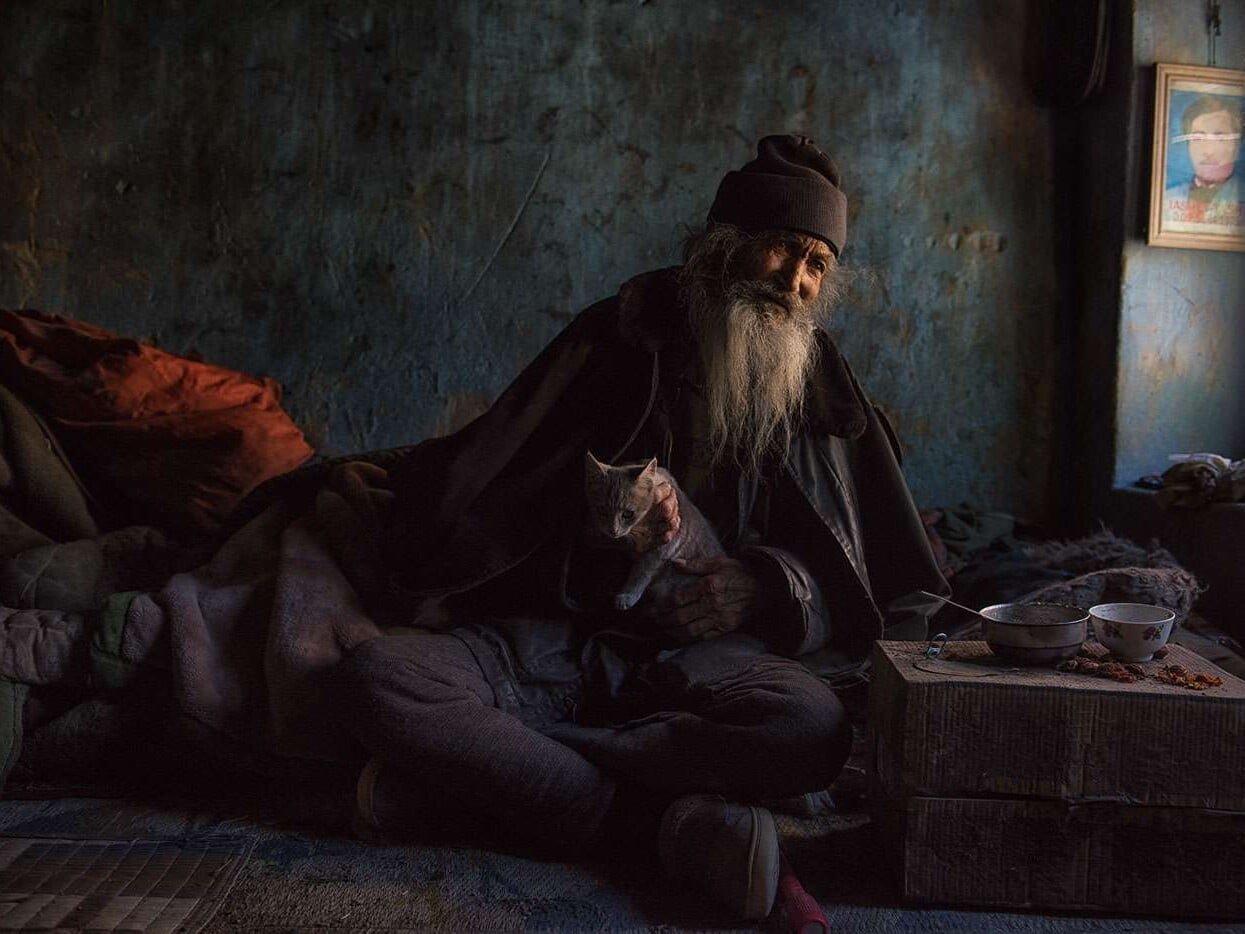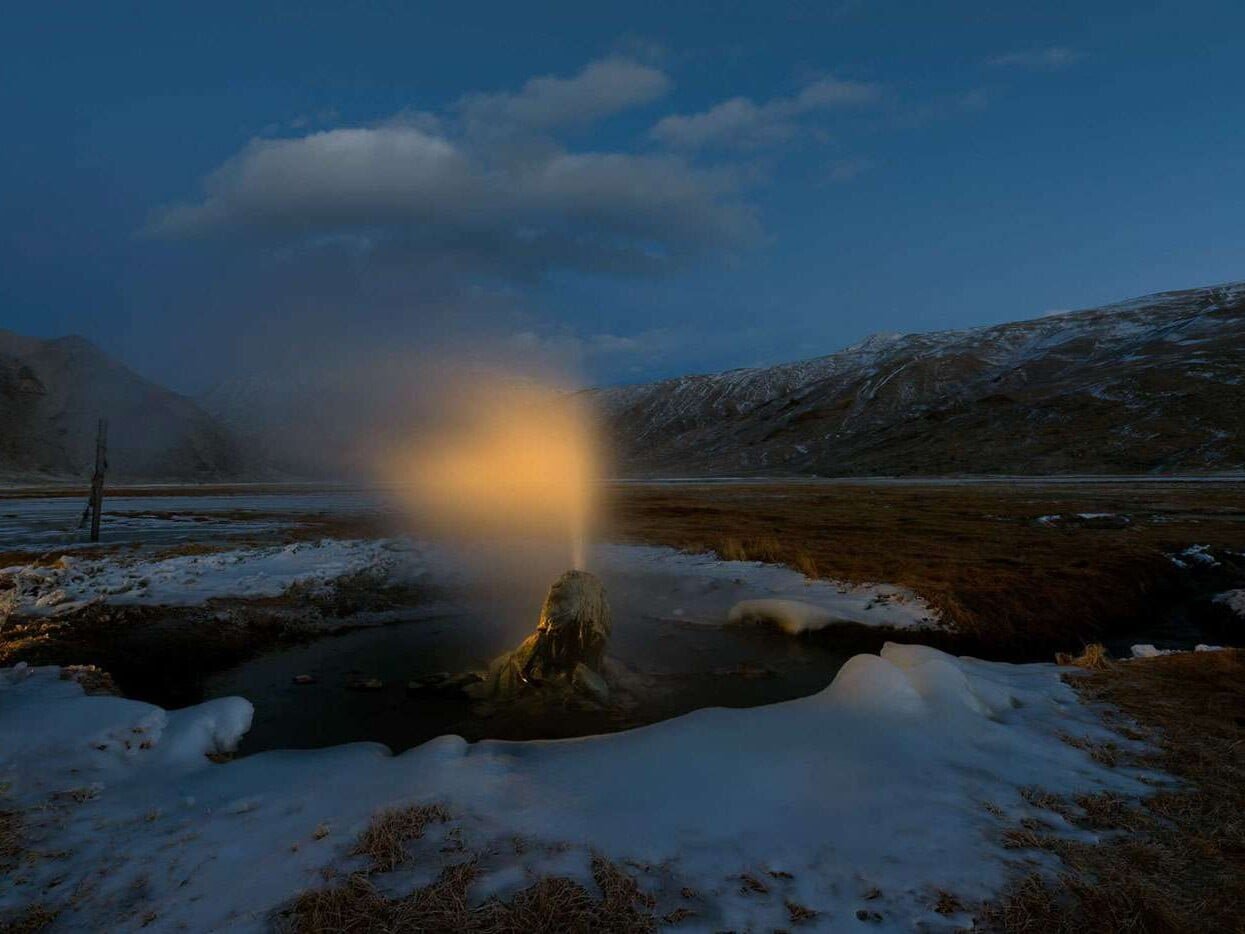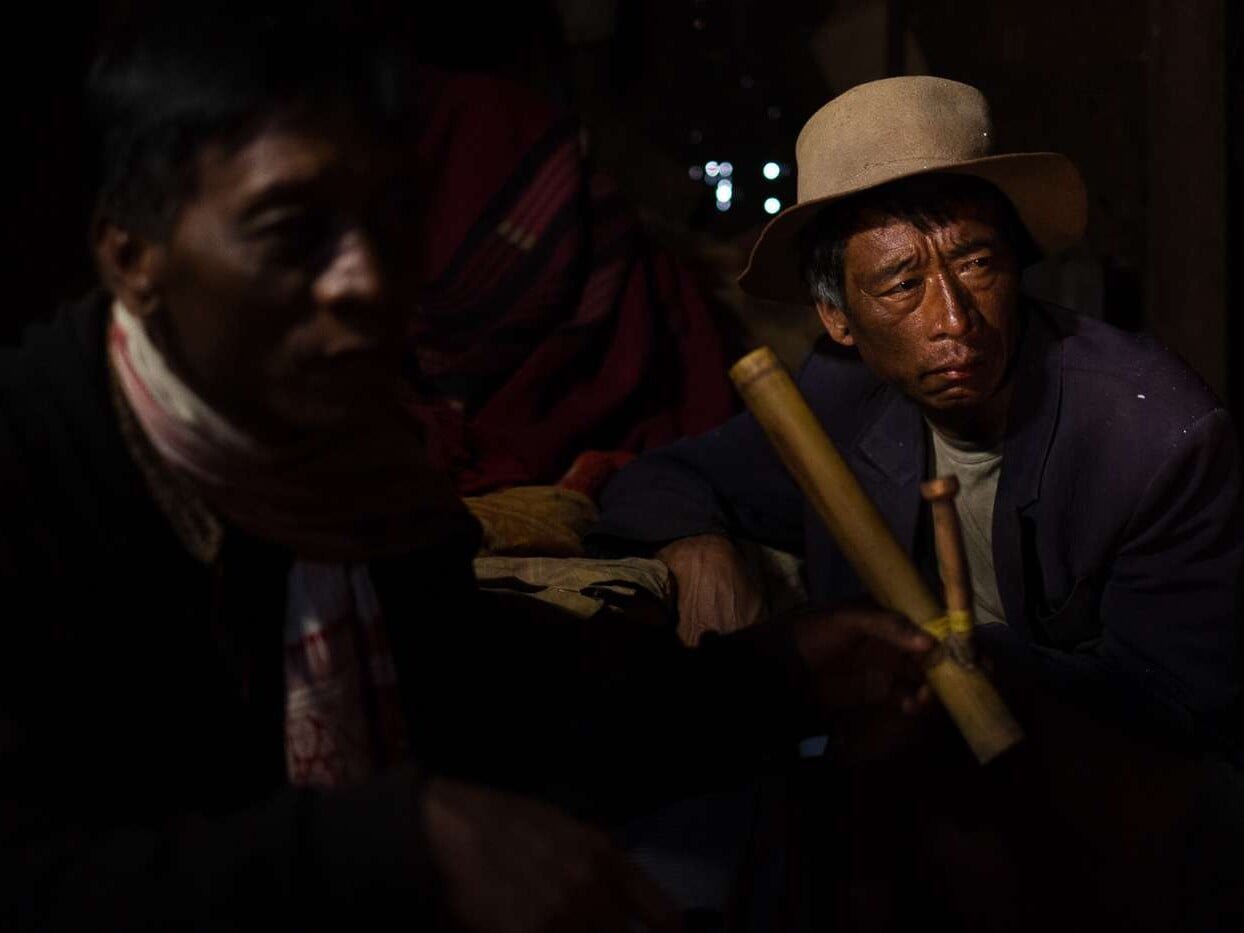Surprising truths from West Bengal’s brickyards
05 April 2019
India is the second-largest producer of bricks in the world, after China. There are about 140,000 brick kilns scattered across India and the industry is surging, albeit somewhat haphazardly, in step with India’s phenomenal economic growth and urbanisation.
As photographers, our clients are drawn to the kilns by the photography opportunities of course: India being India, the brickyards are labour-intensive rather than mechanised — which means an opportunity to witness, understand and photograph a human-interest narrative almost completely lost to machines in other parts of the world. As brick kiln connoisseurs 😃 we find our favourite ones in West Bengal. Here, under the blazing Indian sun, a fascinating human-interest story plays out for the cameras and for anyone interested in the socio-economic drivers that push people out of familial, largely agricultural village lifestyles to work amongst strangers in dusty brick-fields hundreds of miles away.
The work is obviously gruelling, back-breaking and often dangerous, especially under the blazing Bengal sun. A normal working day is 8½ hours, just 30 minutes of that being a rest break. The week is 6 days on, one day off. The pay seems pitiful given the strenuous demands of the work: somewhere around US$100 a month, on average, is the State’s official minimum wage for West Bengal’s brickyards — less if the workers take advantage of the factory’s very basic on-site accommodation.
Many of the kilns are unregistered and illegal, which can mean that little children get drawn into the relentless pressure to make, mould, bake or carry to contribute to the 1,000-brick targets that form the basis of the family’s piece-rate pay. Even in brickyards where child labour laws are respected, schooling is nearly non-existent: the kids simply play where they can while parents get on with the heavy lifting.
So what drives tens of thousands of workers to the brick fields? Certainly, poverty and lack of opportunity at home is a big part of it. But when you put down your camera for a while and take the trouble to engage with the backstories behind these hard-working people, another surprising explanation often emerges: the money may well be the least of it. In many cases, it’s about getting away from parents and grandparents and aunts and uncles, from the parochial restrictions of small-village life, caste traditions and village-elder diktats, from arranged marriages and outdated customs, or — surprisingly often — as an escape from failed relationships or the consummation of an otherwise banned romance. Here, incongruously, in these sweaty, dangerous and near-inhuman working conditions, migrants from the villages willingly come to take their first steps towards personal independence and freedom.
Travelshooters has unprecedented access and experience in the brick kilns of West Bengal. So whether you’re looking simply for great images, insightful backstories or intriguing human-interest portraiture, ask us to plan a day or two in for you into your India photography tour.
Shoot this with us:
More India backstories and galleries…
Dancing with the gods
We embed ourselves in an elusive Hindu monastery and uncover dancing monks who draw on millennia-old epics for their storytelling performances.
1st October 2019
Northeast India: With the water buffalo Photo Gallery
What's on our camera backs today? We're with water buffalo in northeast India, following semi-nomadic herdsmen as they drive their beasts across the terrain, fighting flying pests with fire.
12th April 2019
Smoke on the water
Assam, India, is so rich with people opportunities that sometimes it's hard to just stop and admire the scenery. We're glad we did.
29th March 2019
Majuli waterscapes Photo Gallery
A collection of images and opportunities from the river island of Majuli, in Assam, India.
18th March 2019
Delhi’s Yamuna – a toxic beauty
A Delhi photo tour takes in the sad state of the holy Yamuna river, and reflects on the unexpectedly positive outlook of many of its riverside dependents.
1st March 2019
Tea and tattoos
We stop for a cuppa with the Apatani tribe of Arunachal Pradesh and talk about their fading facial adornment and customs.
18th February 2019
Pushkar Camel Fair and Rajasthan Photo Gallery
A collection of images and opportunities from Rajasthan, India, taking in the Pushkar Camel Fair.
23rd December 2018
Varanasi and Agra – Photo Gallery
A collection of images and opportunities from two iconic Indian destinations.
16th December 2018
Fishing with the Mishing
Gone shootin': We join Majuli's Mishing fishermen on a foggy morning and return home with a splendid catch.
1st October 2018
A dark and magical place
On a shrinking river island in the Brahmaputra, the dark beauty of the the Vaishnavite monasteries keeps alive a centuries-old tradition of worship.
30th September 2018
What’s cooking?
We drop in on one of our favourite Rajasthan villages to meet old friends over supper. Just happened to have our cameras handy…
28th September 2018
Shrouded in time
As the ghunghat or veil becomes increasingly criticised across modern India as a vestige of an oppressive past, we look at its bright side.
25th September 2018
Medicine man
An amble through a Rajasthan desert hamlet unexpectedly gets us up close and personal with a faith-healer.
23rd September 2018
Shapeshifters
The Bahurupi people are the proverbial quick-change folk artists. Ironically, change is catching up with them.
11th September 2018
Taches and turbans
A face-to-face photo-romp through Rajasthan, India, where beards, mustaches and turbans are taken mighty seriously.
8th September 2018
No country for old men
In Nagaland's deep jungle, we meet warriors who were at the top of their game — until the game changed.
5th September 2018
Ladakh in Winter Photo Gallery
A collection of images and opportunities from Ladakh in winter, amidst the Himalayan and Karakoram mountain ranges.
25th February 2018
Shooting Diwali in Rajasthan
As Pushkar Camel Fair becomes overloaded with photographers, timing is everything…
19th January 2018
Gujarat encounters: Where I go, my radio goes
In Gujarat, India, we run into a radio-crazy Ahir farmer with a shrewd grasp of world affairs.
19th May 2017
Angry birds: India’s bloody cockfighting business
Revered by many and reviled by others, cockfighting thrives in India.
5th May 2017
Paydirt: Shooting India’s Kushti wrestlers
There's photographic gold in India's dirt wrestling tradition – Kushti.
1st May 2017
Ladakh in Summer Photo Gallery
A collection of images and opportunities from Ladakh in summer, amidst the Himalayan and Karakoram mountain ranges.
22nd February 2017
India’s chai: The cup that cheers
India's roadside tea stalls are an eye-opening experience for photographers and tea-lovers.
7th January 2017
Ladakh: A study in contrasts
A photograph from our Ladakh photo tour prompts thoughts on contrast, photographic and otherwise.
26th November 2016
Five o’clock stubble
A little planning and a lot of luck gives us some shooting fun amidst burning stubble on an Assam tour…
28th May 2016
In God’s name: India’s Ramnami
Devotion, defiance and full-body tattoos… the vanishing way of life of this Hindu sect in India.
22nd May 2016
Varanasi: A matter of life and death
Varanasi's photography tour opportunities are extraordinary — and occasionally overwhelming…
15th April 2016
Visiting old friends in Ladakh
Shoot Director Sridhar reflects on shared moments with an old friend in Ladakh, India.
22nd March 2016
Sub-zero shooting adventures in Ladakh’s winter
It's cold but it's really hot: stunning opportunities on our new Ladakh Winter Photography Tour.
11th March 2016
Bleary-eyed sessions in a Nagaland dope den
We join in with the locals in a rum-and-opium party in Nagaland. High times in low light.
23rd February 2016
Village encounters in deep Rajasthan
On the road to Pushkar Camel Fair, we find a Rajasthan desert hamlet with pleasant photographic surprises on every corner…
13th February 2016

